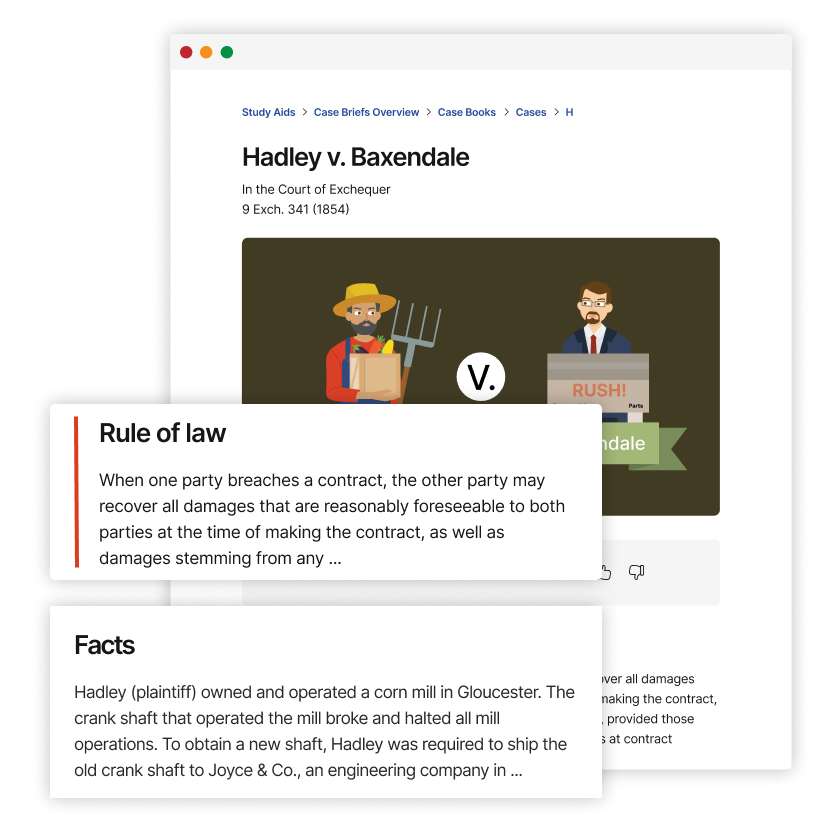In re PW
United States Bankruptcy Appellate Panel for the Ninth Circuit
391 B.R. 25 (2008)

- Written by Denise McGimsey, JD
Facts
PW, LLC, a real estate developer, filed a Chapter 11 bankruptcy petition. At the request of DB Burbank, LLC (DB) (defendant), which held a senior $40 million claim against PW secured by almost all of PW’s assets, the bankruptcy court appointed Nancy Knupfer as trustee (the trustee) (defendant) in the case. Having concluded that PW’s property should be sold, the trustee entered into an agreement with DB whereby the property would be put up for bid and ultimately sold to DB for $41,434,465 if no bidder exceeded a specified price. The trustee moved the bankruptcy court to approve the sale of PW’s property free and clear of liens under 11 U.S.C. § 363(f)(3) and (f)(5). Over the objection of Clear Channel Outdoor, Inc. (Clear Channel) (plaintiff), a junior lienholder with a $2.5 million claim against PW, the court entered an order approving the sale. No bidders met the minimum price and other terms. The bankruptcy court entered an order confirming the sale to DB and finding DB to be a purchaser in good faith. Clear Channel’s request for a stay of the order pending appeal was rejected by both the bankruptcy court and a motions panel of the Bankruptcy Appellate Panel (BAP). The sale closed, and Clear Channel received nothing. Because DB purchased the PW property by credit bid, there were no proceeds to which Clear Channel’s lien could attach. Clear Channel appealed the sale and confirmation orders to the BAP.
Rule of Law
Issue
Holding and Reasoning (Markell, J.)
What to do next…
Here's why 899,000 law students have relied on our case briefs:
- Written by law professors and practitioners, not other law students. 47,000 briefs, keyed to 994 casebooks. Top-notch customer support.
- The right amount of information, includes the facts, issues, rule of law, holding and reasoning, and any concurrences and dissents.
- Access in your classes, works on your mobile and tablet. Massive library of related video lessons and high quality multiple-choice questions.
- Easy to use, uniform format for every case brief. Written in plain English, not in legalese. Our briefs summarize and simplify; they don’t just repeat the court’s language.




